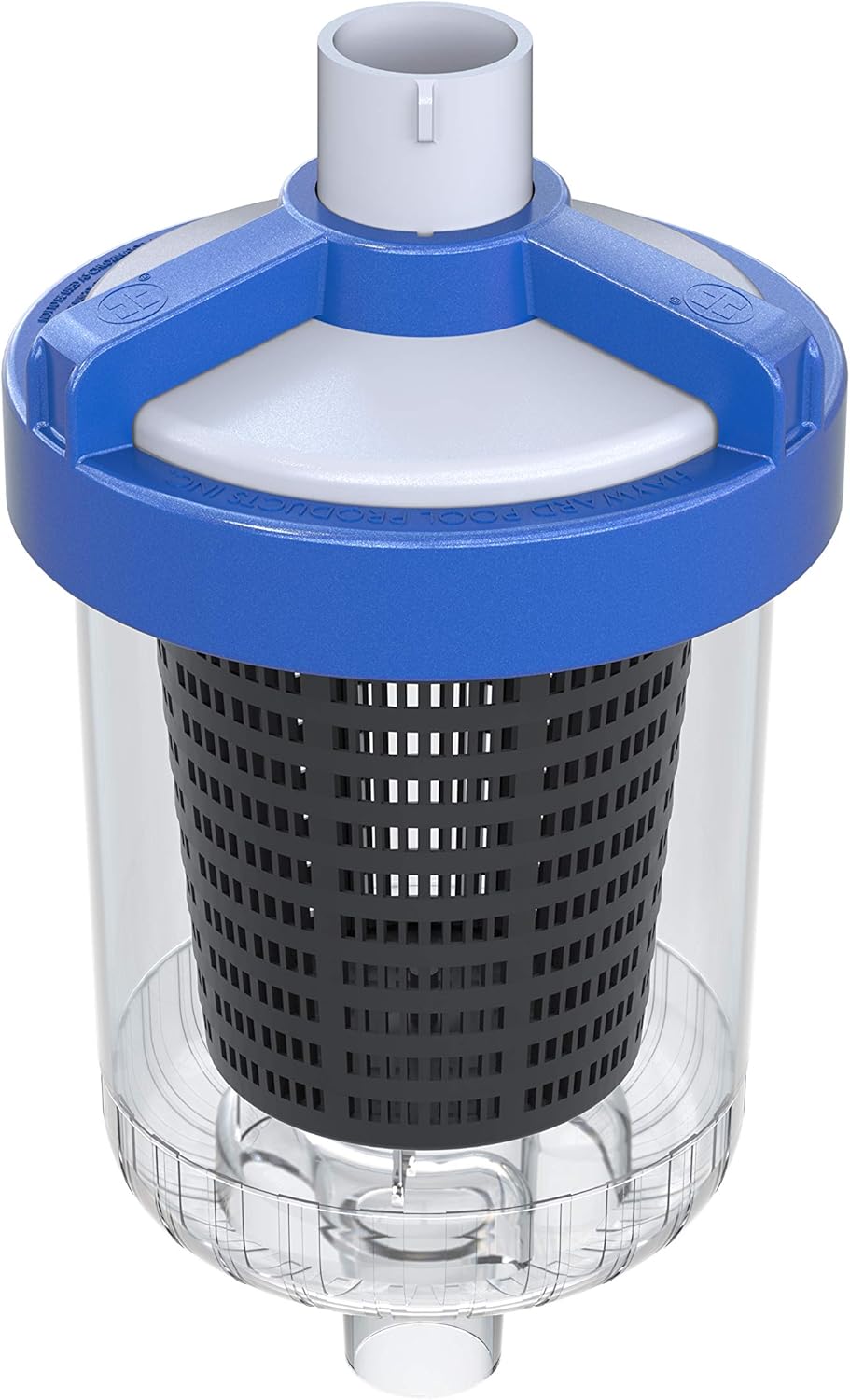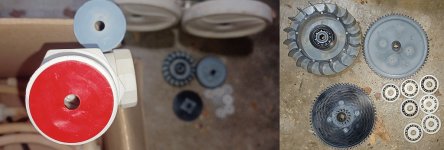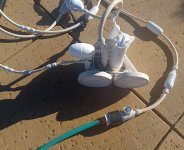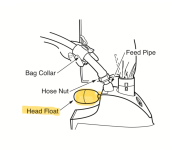Thanks everyone for the kind advice as I am a complete noob when it comes to pool cleaners.
You said that right where I think I probably have too much pressure/volume (nominally at 90 gallons per minute instead of about 12 or 13 gallons per minute) but I do need to invest in the proper pressure testing apparatus, as I can always LOWER pressure (e.g., with the suggested diverter valve).
View attachment 607330
Ah! Perfect. When I hold it up in the air & run the sump pump, I see water spritzing out of the case bag, so I can presume, for now, that the suction part "might" be working.
View attachment 607328
Thanks for confirming the debris is collected in the bag and the rest of the water goes back into the pool, unfiltered.
I can see a few places where, when held in the air, the water sprays out of various openings.
View attachment 607329
Thanks for that parts list, as the wheels aren't spinning when I hold it up in the air; so I'm assuming that's the first thing I need to look at to see why they're not moving.
Do all three wheels drive or is it like a 2WD conventional vehicle with a differential where only one wheel is doing the traction at any given time?
















